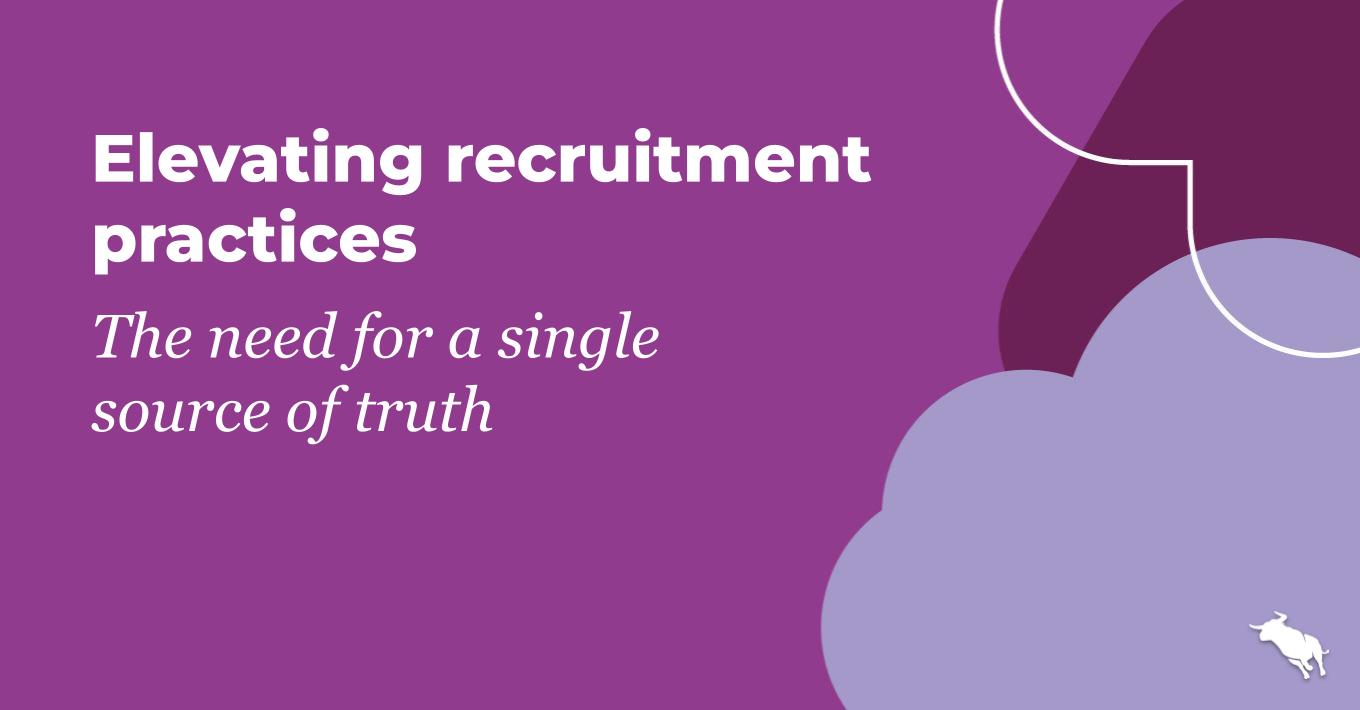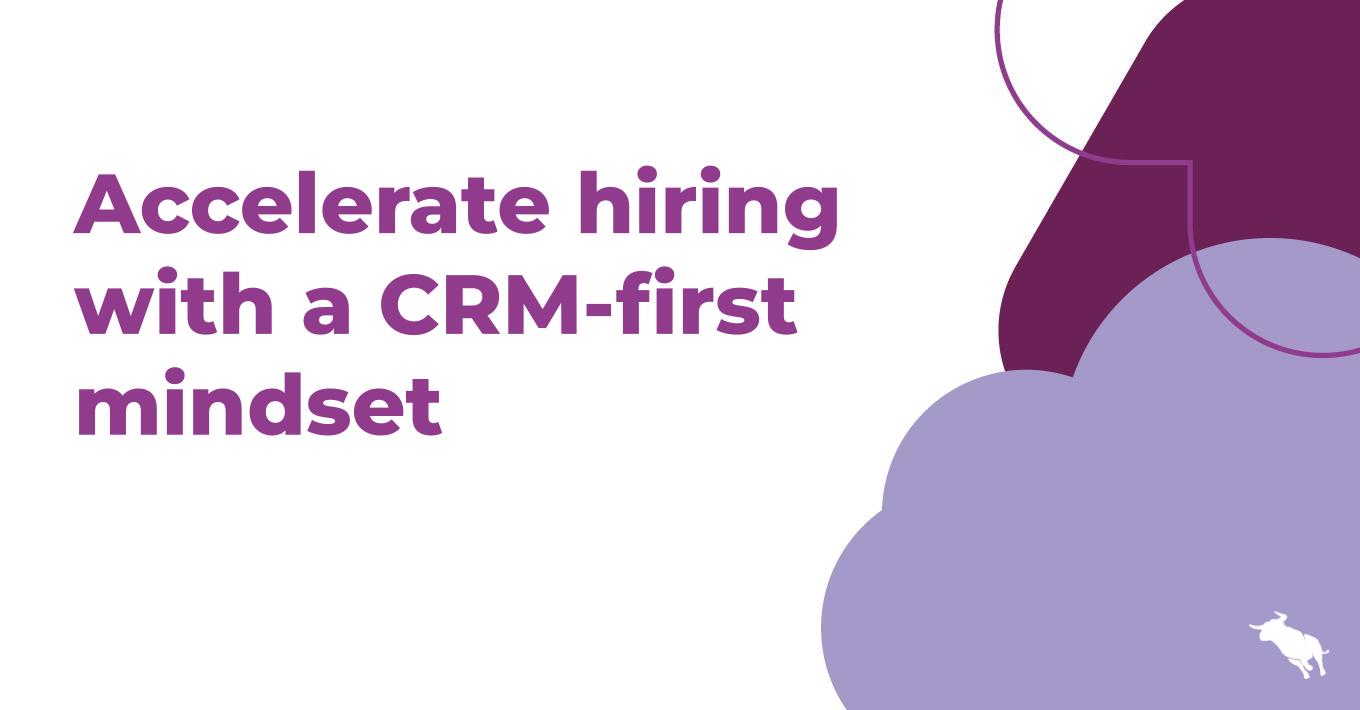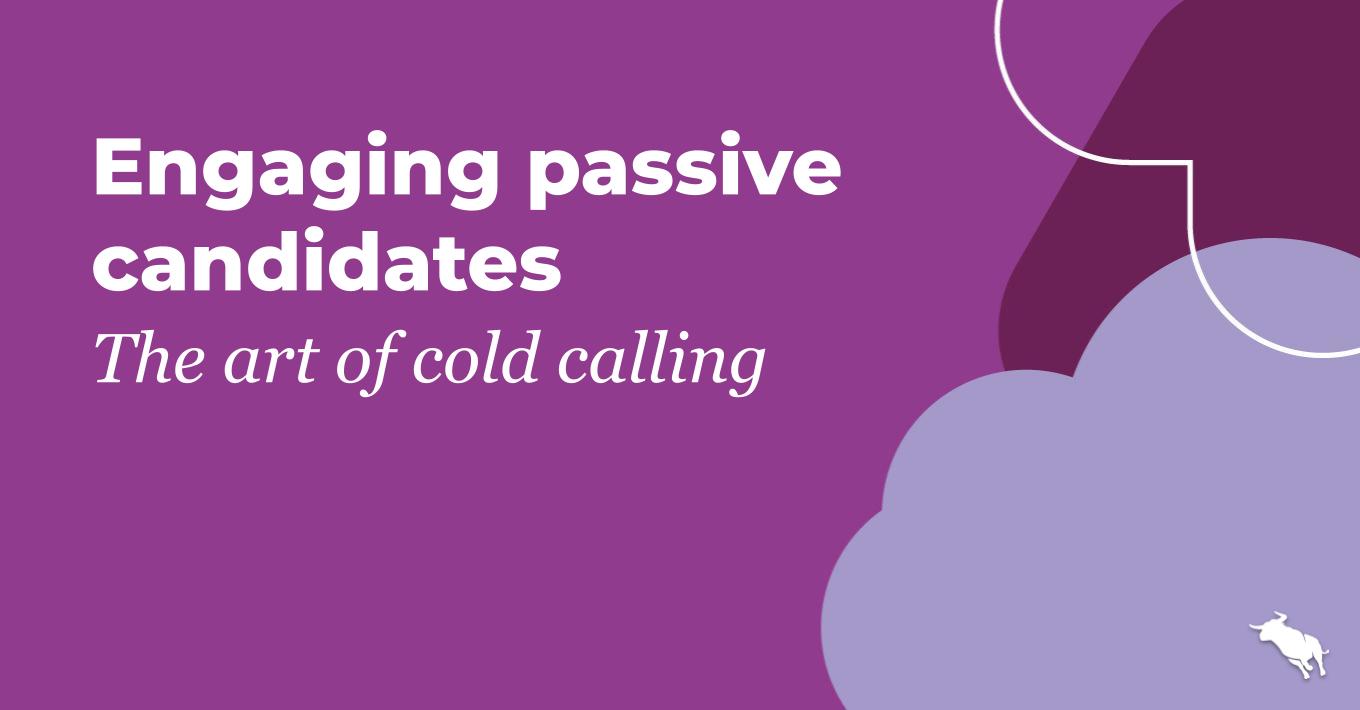Advanced Digital Marketing Enabled by CRM Data

In my recent blog post, Changing Expectations Shift Traditional Marketing Strategies, I addressed how marketers have had to shift their traditional strategies to meet the new normal in both consumer and customer expectations. In this second installment of a multi-blog series, I will discuss how some forward thinking marketers are using their customer information, which is often referred to as first-party or CRM data, to better reach their audience through digital channels.
The concept of CRM data onboarding, also referred to as data “on-ramping,” has grown in popularity among digital marketers over the past several years as an effective way to not only reach and message prospects and customers, but also measure the impact that digital advertising has on them. CRM data onboarding is the process of taking data traditionally gathered in offline sources (in-store or from sales), and transferring it into the digital realm. This might sound like science fiction, but it’s not. Omni-channel marketing strategies are very much real. There are several companies that specialize in this service. The most prominent in the industry are LiveRamp (owned by Acxiom) and Datalogix (owned by Oracle).
How It Works
While the actual process of data onboarding can be quite technical and the technique may vary across companies, we can review the basics at a high level. There are three steps to this process – sending CRM data to the data onboarding company, anonymizing the information, and matching the data.
Step 1 – Sending CRM Data
CRM data usually consists of personally identifiable information, referred to as PII for short. Essentially, this means any data that can be used to specifically identify an individual (such as name, address, email, phone number). Once you have selected a data onboarding company to work with through this process, the information is passed to the vendor in a secure fashion, either via SFTP or a self-service dashboard. Once this step is complete, the process really begins.
Step 2- Anonymization
Once the CRM data is sent, the information needs to be anonymized. Because of industry regulations, all personal data is removed and digital IDs or browser cookies are created to serve as unique identifiers for each online individual represented in the data. With these digital IDs, you can store tons of information about behaviors, buying patterns, and browsing activity.
Step 3 – Data Matching
The matching process can be very different based on the vendor that you select. One commonly used method is to match via a network of web publishers that collect contact information. In simpler terms, think about the last time you were required to register on a site before being able to read a news article – it’s kind of like that. If the registration information matches the CRM information, or if the publisher recognizes the anonymized browser cookie, then that person has been matched. This match now permits you to advertise to this contact across any digital channel such as online display, video, mobile, and in some cases, social networks and even TV.
Social Networks Are Here for the Party Too
CRM data onboarding for digital marketing is incredibly powerful and necessary to effectively market one-on-one with your customers and prospects. Both Facebook and Twitter offer direct solutions for onboarding CRM data as well, so you can get the most out of the information you already know about your customers from social networks.
Stay tuned for my next post, in which I’ll explore some digital marketing strategies that are available once CRM data has been activated.




